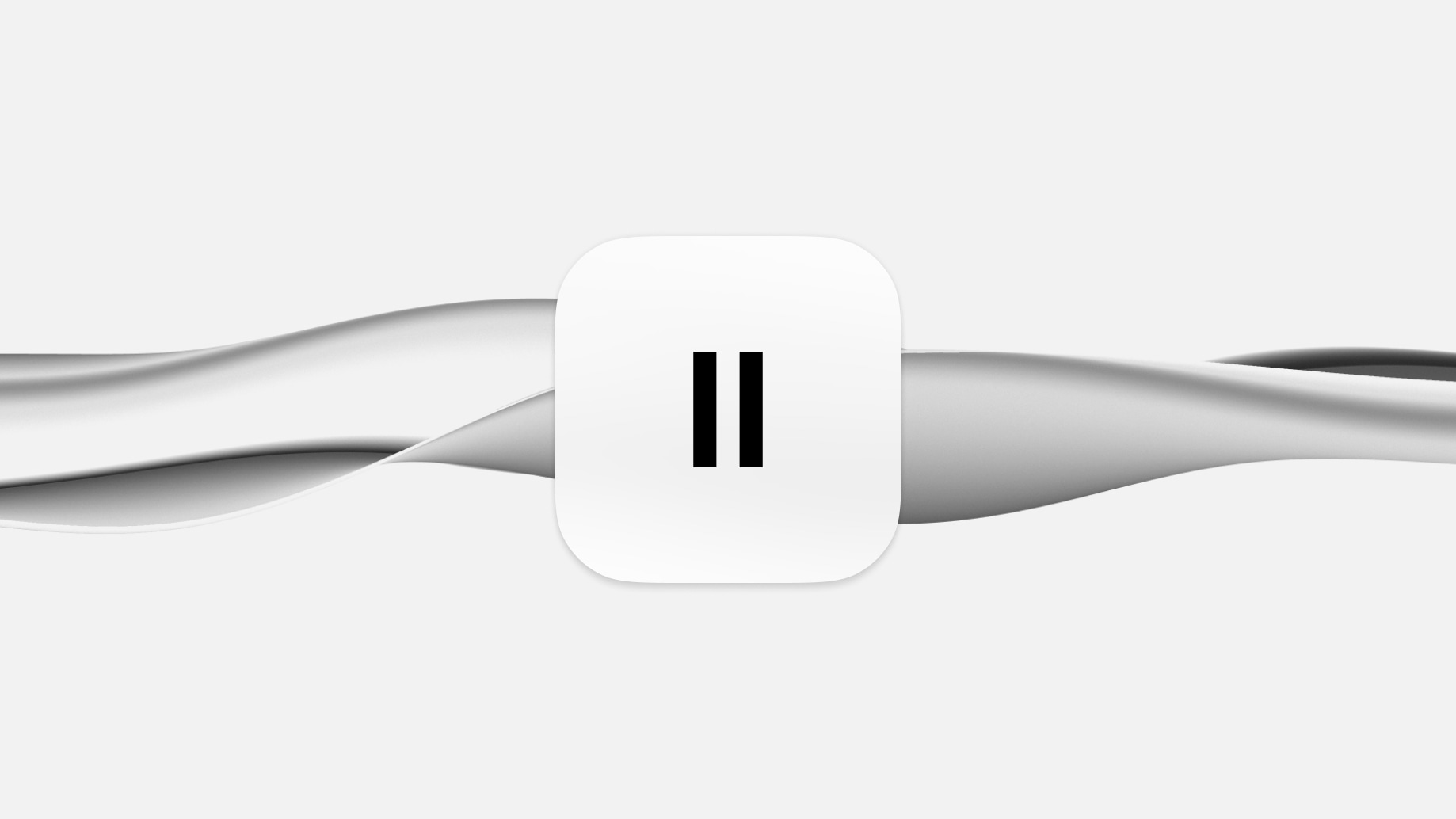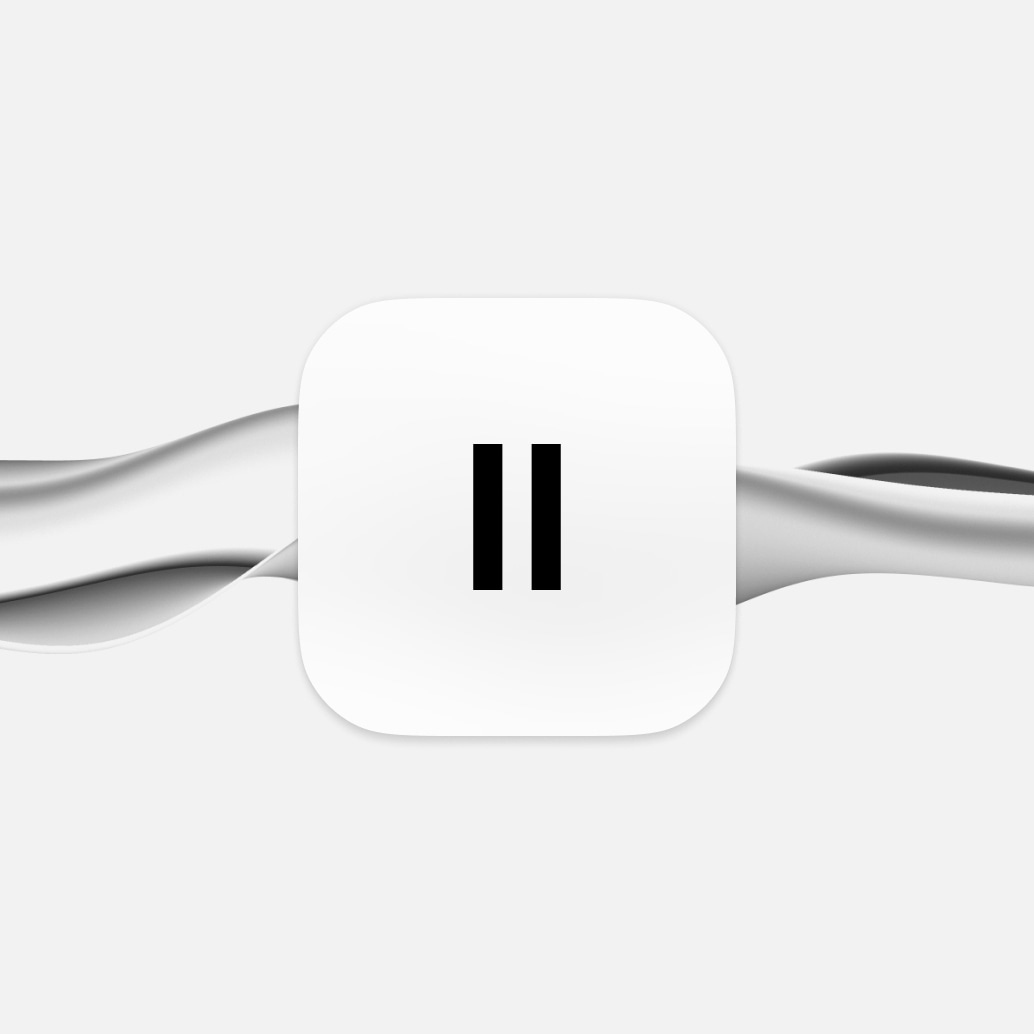Create the Text
Start by crafting the text you want to convert. It could be a script, article, or any written content. Ensure it's well-structured and clear. Edit for grammar and clarity to enhance the final output quality.
Choose a Text-to-Speech Tool
Select a text-to-speech (TTS) software or online service that offers WAV file output. Consider factors like voice naturalness, language options, and customization features. Popular TTS tools include ElevenLabs, Google Text-to-Speech, Amazon Polly, and IBM Watson Text to Speech.
Customize the TTS Settings
Before conversion, customize the TTS settings. Adjust voice type (male, female, specific accents), speech rate, and pitch. Some tools also offer emotion modulation to make the speech sound more natural and engaging.
Convert Text to Speech
Input your text into the TTS tool. The software will process the text and synthesize it into spoken audio. This step involves complex algorithms to ensure the speech sounds as natural as possible.
Review and Edit the Audio
Listen to the audio output. Check for pronunciation accuracy and natural flow. If necessary, make adjustments in the text and repeat the TTS process.
Export as WAV File
Once satisfied with the audio, export it as a WAV file. This step is straightforward in most TTS tools, with an option to save the file in different audio formats, including WAV.
Editing and Quality Enhancement
If needed, use an audio editing software to further refine the WAV file. You can cut or extend parts of the audio, adjust volume levels, or apply noise reduction for clearer sound quality.
Integrating Sound Effects (Optional)
For a more dynamic audio experience, consider adding background music or sound effects. This step is particularly useful for storytelling or marketing content.
Final Quality Check
Perform a final review of the WAV file. Ensure it meets your requirements in terms of quality, clarity, and effectiveness in conveying the intended message.
Storing and Using the WAV File
Finally, store the WAV file appropriately. You can use it in various applications like presentations, podcasts, e-learning modules, or as part of a larger multimedia project.
By following these detailed steps, you can effectively transform any text into a high-quality WAV audio file, harnessing the power of TTS technology for various creative and professional uses.
Best Practices When Converting Text to WAV


